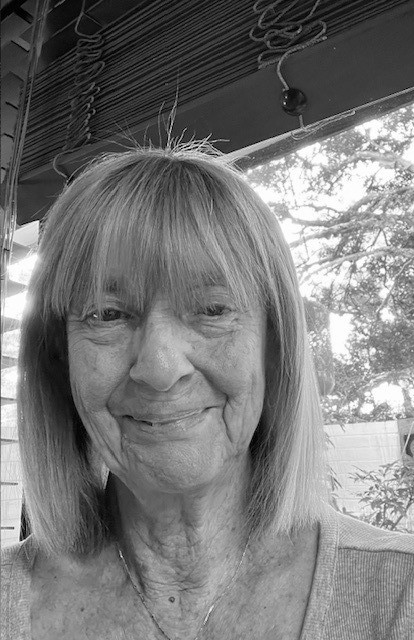THERE IS SOMETHING deeply satisfying about crossing off an item that has lingered far too long on your to-do list. For us, that “item” was Bukit Bakar Kapur—known in colonial times as Mount Palmer. Eugene had written about this long-forgotten East India Company watering place and flagstaff before, but standing on its summit felt like the final piece of a puzzle clicking into place (See Penang Monthly February 2023 issue).
It took three tries. Our first two summit attempts in 2022 were halted by impregnable jungle and bad weather. On our third, with experienced hikers Heng Aik Sin (Heng) and Anthony Chan, we finally made it up. But it was on the way down, following the ridge toward Pulau Betong village, that we made a chance discovery.
Anthony spotted it first—a weathered rectangular stone, toppled over and half-buried beneath leaves. Once we cleared the debris, to our surprise, Heng intentionally poured some coffee on top of the survey marker. The beverage pooled into the etched letters and numbers that read: TS 11. We had found a long-lost trigonometric station (henceforth known as TS stone for brevity).
These granite markers, once essential to colonial-era surveying, have become obscure—unremarkable to most hikers. But for enthusiasts like Heng, they are part of a quiet cartographic legacy.
We re-erected the stone to its upright position. A quick photo captured the moment—four tired, smiling explorers, and a marker restored to its place.
This article is about finds like these—not antiques or heirlooms, but TS stones, rain gauges and GPS trail strings that form animal shapes. These aren’t just hikes—they’re stories in the hills, waiting to be revealed.






